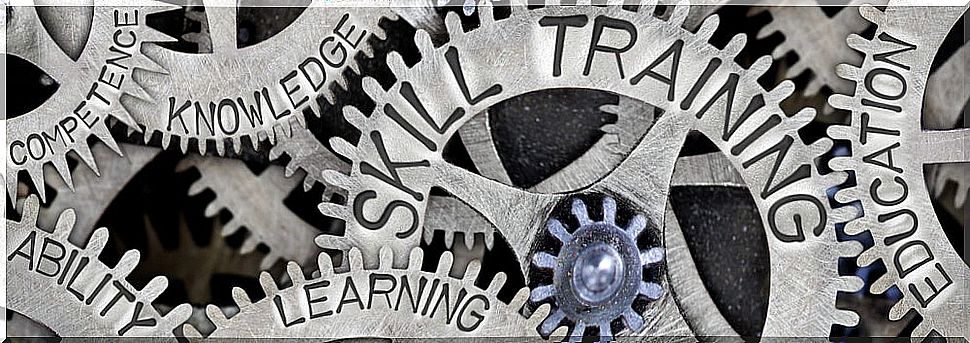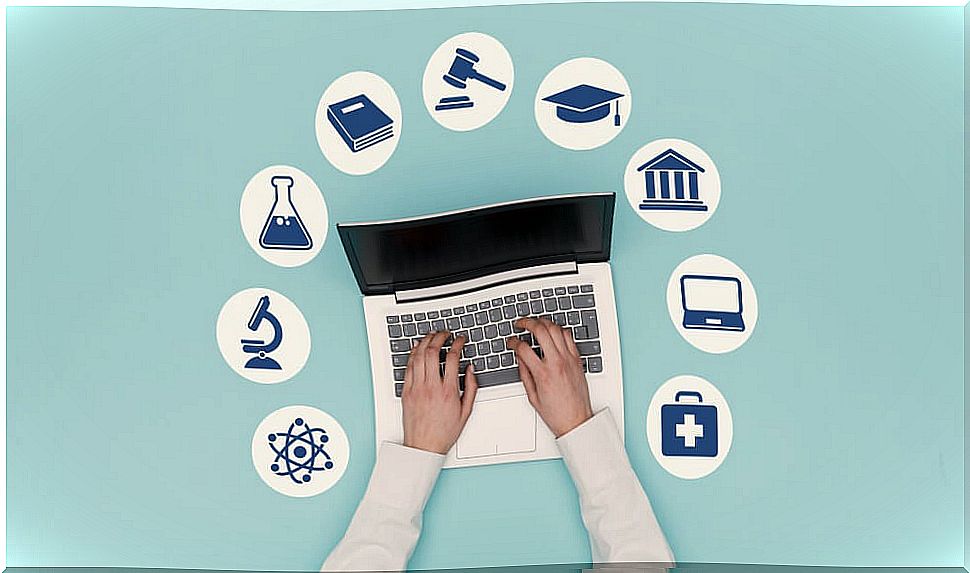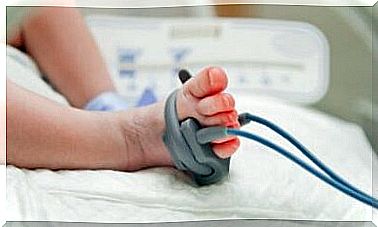How To Evaluate Learning By Competencies?

The new educational paradigm defends an education based on competencies. That is, it focuses on teaching knowledge, skills and abilities useful for problem solving and for integral and vital development. But how can competence learning be evaluated? We will explain it to you below.
You must bear in mind that evaluating competencies is not easy, as many factors have to be evaluated that play a fundamental role in effectively dealing with real situations in real contexts.
Competences in education
The concept of competence, according to the educational psychologist María Guadalupe Gómez Malagón, includes:

Therefore, the educational system has the responsibility of teaching theoretical and practical knowledge to students, so that they can acquire and develop certain skills. Which is closely related to learning throughout life and for life, since it is intended to train useful and functional people to face, successfully, the problems of daily life.
In this sense, the new paradigm of education includes the function of preparing students to:
- Facing a diverse and uncertain future.
- Develop a life plan.
- Being good learners : having the ability to learn to learn.
- Be active, autonomous, thoughtful and creative.
- Develop capacities, abilities and skills in a comprehensive way.
- Assume habits that favor personal growth.
How to evaluate learning by competencies?
According to the pedagogue Aurelio González Bertolín and others, to evaluate learning by competencies, it is necessary to use a formative evaluation that is characterized by:
- Use well-designed and well-defined evaluation instruments and criteria. It is important to assess the level of student performance in relation to certain behaviors, knowledge and behaviors.
- Be open and flexible with the answers given by the students, since there are multiple alternatives to solve a problem or situation.
- Be continuous and unfinished, even after passing the different educational stages. Since the acquisition of competences is demonstrated when facing the various situations and real problems that appear throughout life.

- Be complex and enriching. It is about evaluating skills through tasks and tests that enhance reflection, curiosity, creativity, etc., to find an answer. With this, it is intended that students do not solve problems mechanically and repetitively.
- Be democratic and transparent. Thus, students know what is going to be required of them and how it is going to be evaluated. Therefore, to successfully pass the evaluation, they have to assume certain obligations, responsibilities and commitments.
- Be contextualized and linked to reality. The tasks that are proposed have to be practical and make sense for the students.
- Being global, allowing the transfer of the learned action schemes to new and different situations.
- Use error and failure as an opportunity for learning.
- Be useful, both for teachers and students. So that the information obtained serves to analyze, enrich, plan and improve the teaching-learning process, adjusting to the educational needs of the students.
- Be viable, that can be put into practice taking into account the available resources.
- Lastly, be critical and reflective.










